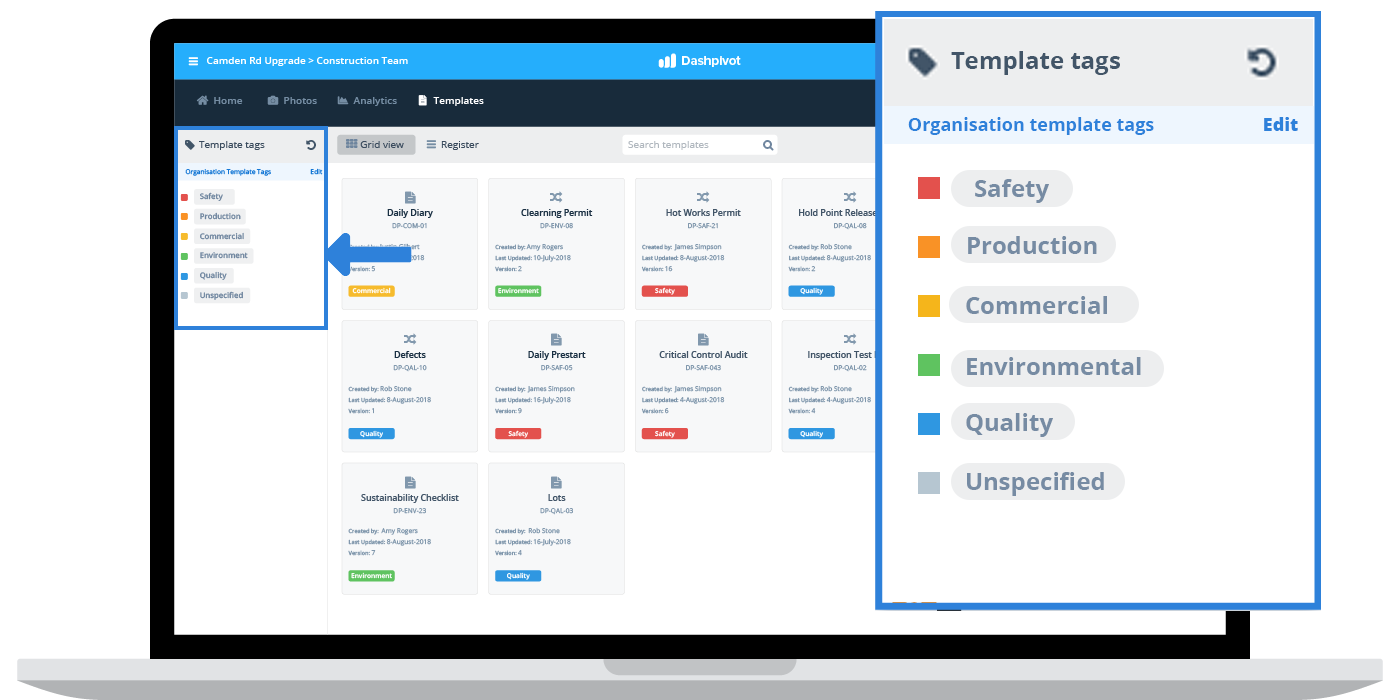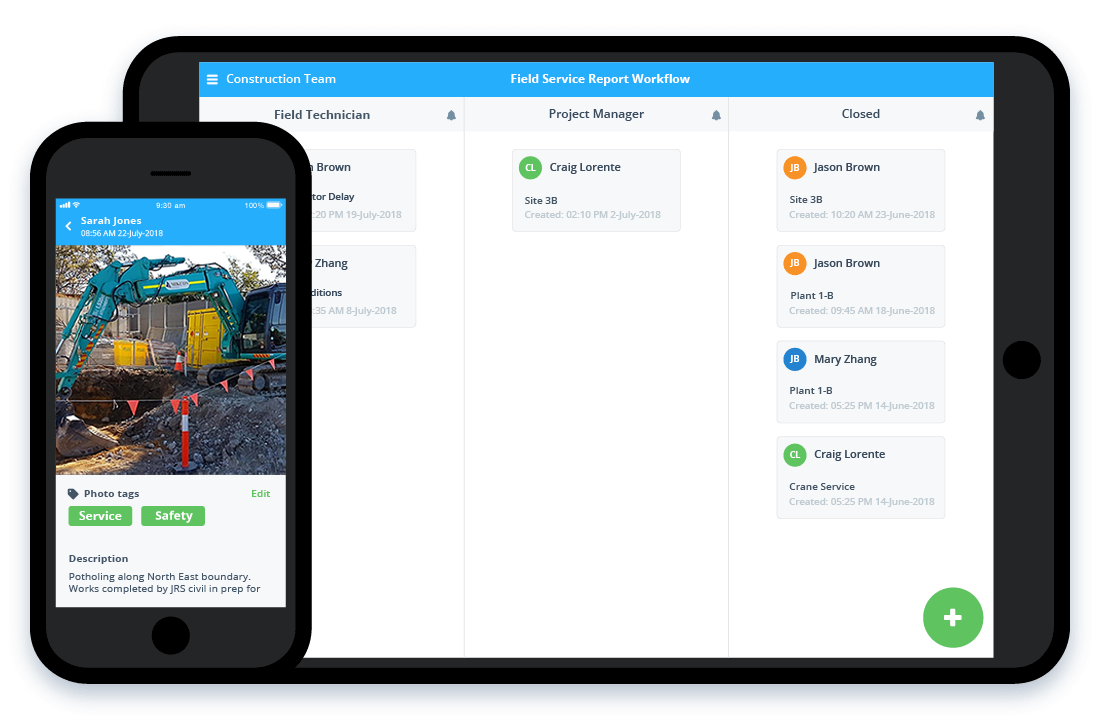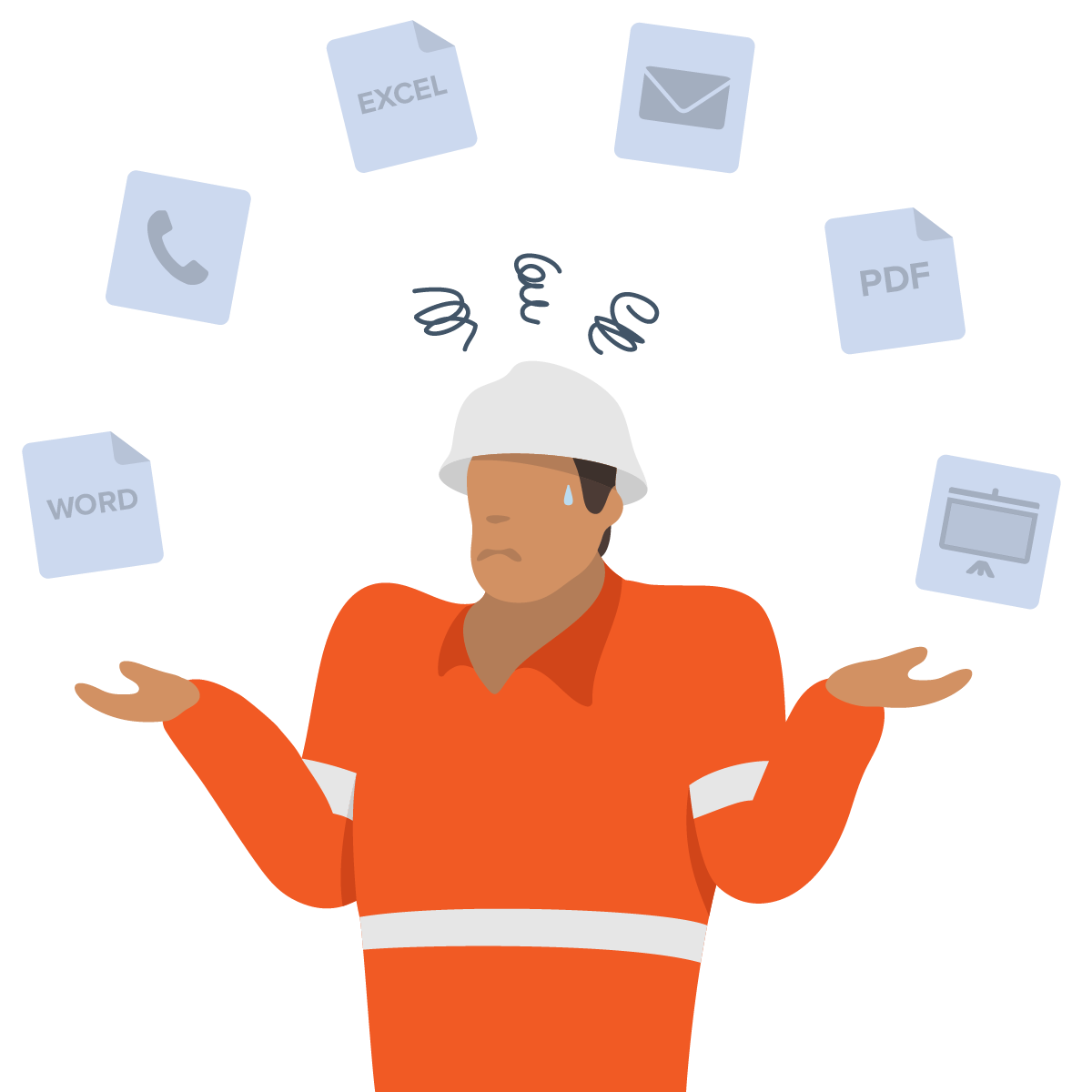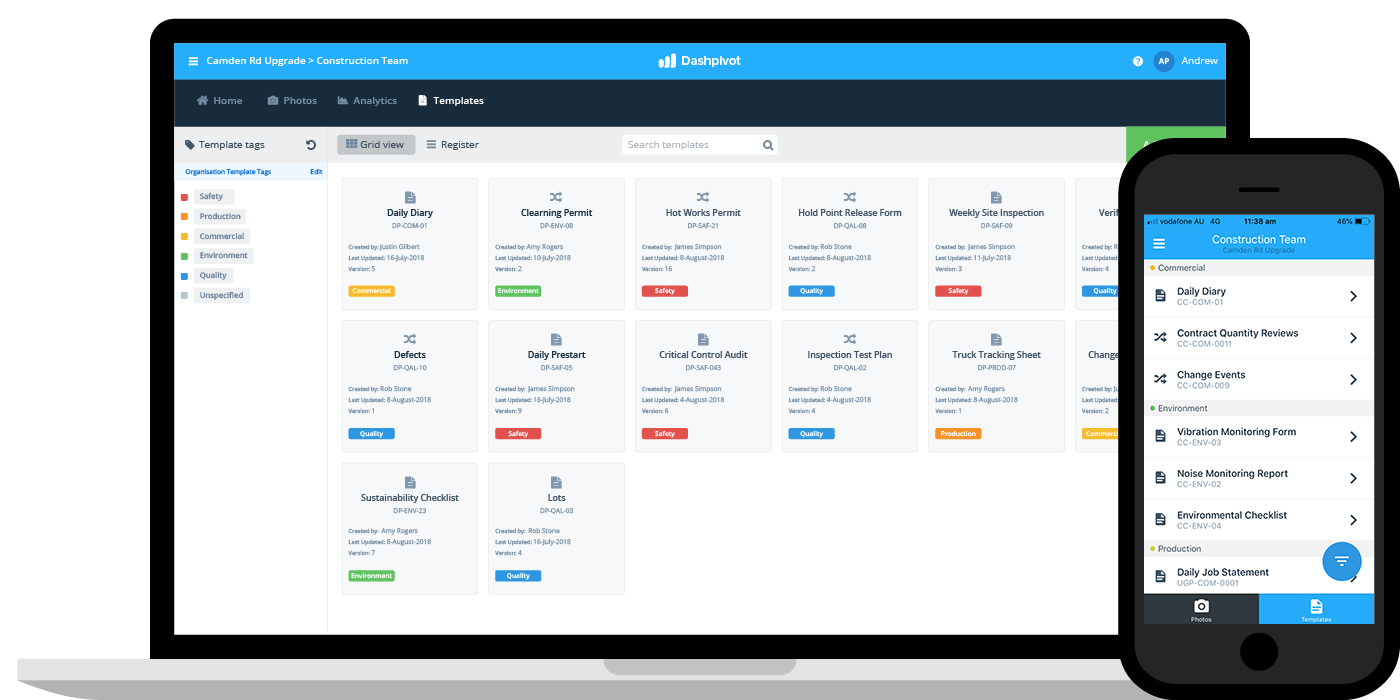Systems/IT – Enterprise content management

Enterprise content management (ECM)
What is enterprise content management?
Enterprise content management is a set of defined strategies, processes and tools which enable companies to capture, organise, track and deliver critical information to stakeholders (customer, employees etc.) at any point in time.
The definition of enterprise content management has evolved in the last 15 or so years from being solely about the tools or technology required to manage content to also including the methods and strategies which work in tandem with these tools and technologies.
Enterprise content management, much like the name suggests, is most important for companies with large volumes of content. For these companies, hundreds of moving documents and overlapping workflows create massive and costly inefficiencies in a business which can be automated and organised in a systematic and standardised way using an ECM.
Enterprise content management is also becoming more accessible to small businesses too, who can now take advantage of easy to adopt softwares and tools which enable them to setup a fully fledged integrated management system.
It doesn't take a very long time for companies to begin generating enough paperwork, especially in administrative heavy industries like construction, to warrant an enterprise content management solution.
The main purpose and idea behind implementing and maintain an ECM is to consolidate and streamline how people and information interact - so that every person and team always has access to the information they need to make good decisions and get work done efficiently.
The amount of content being produced today is growing at an incredible rate - and still accelerating. 24/7 content production through mobile tools as well as the lower barrier to creating content through digitisation is making producing and consuming content easier than ever. All of this content and data (a lot of which is valuable) needs to go somewhere.
The growth of content production along with increasing pressure from authorities as well as stricter data laws and expectations make content management more important than ever for risk management and for the running of a business.
The 'components' of enterprise content management
Capture
The capturing component of enterprise content management involves converting information from paper documents into a digital format. In some enterprise content management systems, large parts of this capturing are automated through recognition technologies, which can automatically extract all of the critical information into an equivalent electronic format which can be on the ECM.
Every day forms and processes should also be converted here so that templates and form processes can be accessed and completed in the future straight from a digital format - which eliminates the need to transition from paper to electronic at all.
Manage content
The manage component of enterprise content management involves 4-5 key areas:
- Document management - Document management is document management in the traditional sense, with the ECM building in version control, organisation through folders, tags which make search and navigation easy.Document management should be closely aligned with the compliance and legal side of document management in your industry.

- Collaboration - The collaboration aspect of managing content through an ECM centres on multiple people being able to work together. Aspects of collaboration can include multiple people being able to work on and collaborate on documentation and other records in real-time.
- Records management - Records management refers to the administration of records, including the retention and deletion of records as well as the use of metadata to ensure all records are unique and identifiable.
- Workflow and business process management - Enterprise content management also includes workflow management. These workflows can involve the visual movement of documents and data, or the movement of information in the background. For most workflows, this involves reminders, process status and other administration functionality.

Store content
The store component of enterprise content management involves the storage of 'active' files and documents which still require access - meaning they are not ready for long-term storage yet.
This storage can involve lists, folders and any type of database.
Digital repositories unlike physical folders enable people to view and make edits to documents based on permissions and access rights, view and analyse document metadata and organise and move documents into flexible structures.
Preserve content
Preserving content refers to the long term storage of files and data. After a certain period of time, after documents have been completed, collaborated on and approved, they eventually become static records.
Preserving content is critical in many industries for safety, quality and legal purposes.
Deliver that content
Delivering content involves the distribution in the contain contained within the enterprise content management system to some end user of that information.
This distribution can be through a number of channels including with the ECM taking care of the formatting and output of these files into cohesive, compressed and digestible formats.
What's the cost of poor content management?
Many of the costs of not having an ECM are relatively hidden, or have become normalised over many years of work.
In many industries, administrators and other personnel still spend most of their time simply looking for, managing and moving information around.
For example, in the construction industry, well-trained engineers often capture information directly on site using a paper form or PDF.
The same engineer (or another worker) will then take this form (after it has been scanned and emailed or similar) and enter this information into a spreadsheet.
The original document will then be stored in a physical folder or 'filed' away onto a server or hard drive.
The compiled spreadsheet data may then be moved to a project manager who reconciles it and compares it to the original plans, before reformatting it and forwarding it onto other stakeholders so that they can measure and analyse project performance.

This is an example of a single document workflow. For even a medium sized general contractor, this can be happening across hundreds of different documents, thousands of people, and many projects every single day.
There are three massive costs associated with accessing, managing and moving information in this way:
- People waste incredible amount of time formatting, double-handling and manually entering the same information (not to mention the time spent looking for specific information hidden away in arbitrary folder structures)
- Critical information is lost or misplaced often. There are multiple 'transfer' phases during the course of the construction example above, and each transfer across people or systems increases the likelihood that the sheet or document will be lost, sent to the wrong place or entered wrongly
- The next person in the information chain e.g the project manager, director, CEO must wait while information is slowly moved up towards him or her, which means he or she can't use that critical information to make informed decisions right now.
In industries like construction, being able to see what's happening in real-time and make decisions to course-correct can make all the difference in delivering on time and on budget.
These are the costs of not having an enterprise content management in place. These time-consuming and inefficient interactions between people and information and people and people are taking place millions of times every day.
This is why enterprise content management is important.
The benefits of enterprise content management
In looking through some of the costs of poor content management above, the benefits of enterprise content management have already become apparent. But defining the specific benefits of ECM is just as important as touching on the pain points associated with manual content management.
Compliance and risk management
Every business has a number of compliance requirements. For example, a construction company has compliance requirements around safety processes, procedures and documentation so that authorities and auditors can understand and prove that a company is handling safety in accordance with what has been deemed the minimum standard.
Content governance
Similar to compliance and risk management, content governance ensures that content is managed in an standardised and reliable way.
Enterprise content management provides a systematic and reliable approach to every document and procedure within a business, so that every process is guaranteed to be compliant. Relying on humans and manual information movement for compliance introduces an additional layer of risk, because people make mistakes and forget to do things. So automating the movement of information removes the need to govern information manually.
Productivity
We've already talked about the productivity costs of poor content management. On the flip side, companies can see massive productivity gains from enterprise content management.
At many companies, highly trained employees like engineers and managers spend huge amounts of time moving information around - when their time could be spent engineering and managing. Removing the movement of information of these employees plates opens up hours of productive time in which these people can add real value.
Collaboration
Collaboration before enterprise content management was restricted to asynchronous communications like email, which introduces delays, lag and people working off different versions for the same activity.
With ECM, people can collaborate on and action jobs in real-time, without ever sending an email or scanning a document.
Access
Traditionally, accessing processes and procedures required being in an office and asking for access to a piece of paper or word document template.
The digitisation of all of this information enables real-time and constant access.
Enterprise content management along with the adoption and ubiquity of mobile technology means that today people can do their jobs efficiently no matter where they are.
The different ways to implement enterprise content management...
Enterprise content management involves moving towards a digital approach to content management, which can involve different types of implementation.
Most enterprise content management systems implemented today veer more towards a SaaS (software as a service) implementation, meaning that there is no on-premise implementation of servers or data infrastructure. Instead, companies can rely on remote servers and the cloud.
The benefit of SaaS ECM is that deployments can be done quickly, cheaply, and these enterprise content management systems are updated and improved on a regular basis.
The other way to deploy enterprise content management is on-premise, and many companies who moved towards ECM many years ago still rely on their initial on-premise ECM.
The benefits of on-premise implementations are that they can be customised to suit a company exactly, and that scanning and other operations being performed during the move towards ECM can be performed more easily on premise - although almost all of this can be achieved remotely nowadays with smarter softwares and tools.
Popular features of enterprise content management systems
Much like all systems, tools and softwares, not all enterprise content management system are created equal. There are a number of 'general' enterprise content management systems which can serve any business well, while some were designed and are maintained for a specific industry and more nuanced use case.
The typical features most enterprise content management systems include and involve are:
- Workflow management
- Version control
- Search and filtering
- Mobile access
- Information governance
- Electronic signatures
- Collaboration tools and channels
- Archiving, retention and storage

These are the core features of any 'good' enterprise content management system, and you need to of course check the boxes you are looking for while finding the system which best aligns with your business. When assessing how to approach enterprise content management and the different system options, there are a number of questions you should ask yourself, workers and other management:
- What are your short term and long term information goals? How does this system align with us today and grow with us tomorrow
- How does the company currently handle content - and how big a transition will this new approach involve
- How will this ECM system fit in with the rest of your systems and processes? Are you building around the ECM, or does the ECM need to fit your current workflows
- Do any departments have existing ECM systems? Have they been included in the process or do specific parts of the business have reasons that a full deployment would be problematic?
- Are there specific people and stakeholders who can champion the ECM and bring more people onboard?
The implementation of any enterprise content management system is part technological battle, and part human battle. You need to have both sides of the equations working well and on-side to have a successful roll out of your ECM (even though every roll out and implementation will be met with some animosity and friction because 'change' hurts).
The enterprise content management magic quadrant can provide you with some detail on the different vendors and solutions in the space.
Learn more about this smart enterprise content management system.
The future of enterprise content management and content management in general
Enterprise content management has come a long way in a short period of time. From relying on paper and physical folders, businesses were able to move to on-premise software solutions - and now off-the-shelf ECM software as a service solutions.
The future of enterprise content management is move faster than the previous 10 or 15 years. The adoption of mobile technology has made it possible to create content and collaborate 24/7, which comes with new opportunities and new challenges. There has also been a cultural shift in expectations around how easy it should be to access information and do a job.
We've already talked about the power of cloud-based ECM adoption, with the ability for large, medium and even smaller business to get access to easy to use systems for ECM.
Deeper integration with other organisational tools is also continuing to evolve, with off-the-shelf integrations making data portability between systems easy and eliminating the need to touch information more than once or twice.
The other quickly evolving aspect of enterprise content management is in how data is collected. Most of the advances in ECM today have been around data organisation and storage. The next advances in enterprise content management will be around how data is captured, with sensors, the internet of things and smart hardware making the capturing of information automatic.
For example, in construction, instead of people collecting data on site or in the field about a vehicle, that vehicle will communicate that data about how long it has worked or how much material it has moved to the enterprise content management system. The system will know where this data is coming from and pipe it into the right place so that it can be updated against the database and inform other aspects of the business like when that vehicle needs to be inspected, maintained and replaced.
The downsides of some of these developments is of course that all of these advances in enterprise content management will create changes for organisations in terms of people and resourcing. But while administrators and data crunching jobs may not be as applicable tomorrow as they are today, more people will get to spend their time adding real value to companies and projects.
People in general and business are moving faster than ever before, and so is all of the content they are generating, managing and actioning.
Enterprise content management is the most comprehensive and effective approach to capturing, organising, tracking and storing all of this information in a way which makes it useful and actionable.
Enterprise content management and how organisations use, access and action their data to make faster and better decisions is going to be one of the biggest differentiators between the companies who win and lose in the next few years.
Make sure you stay ahead of the curve, and ensure your organisation is ready to take advantage of all of these changes by getting your enterprise content management and entire house in order.